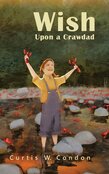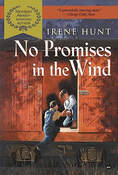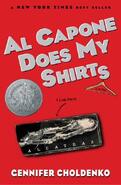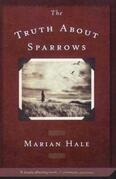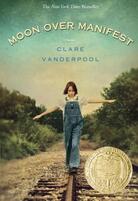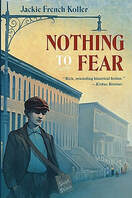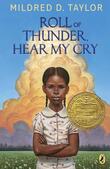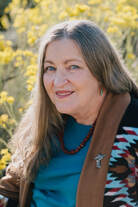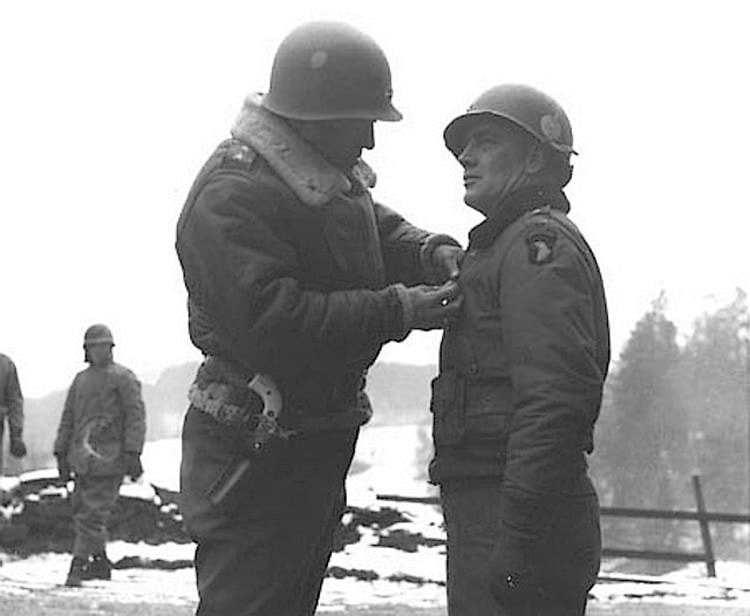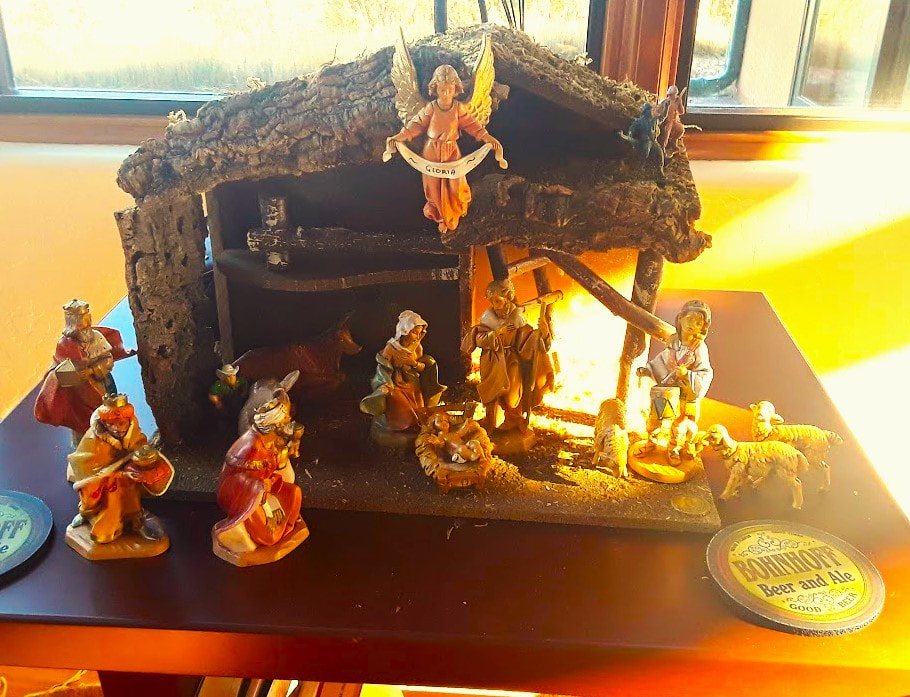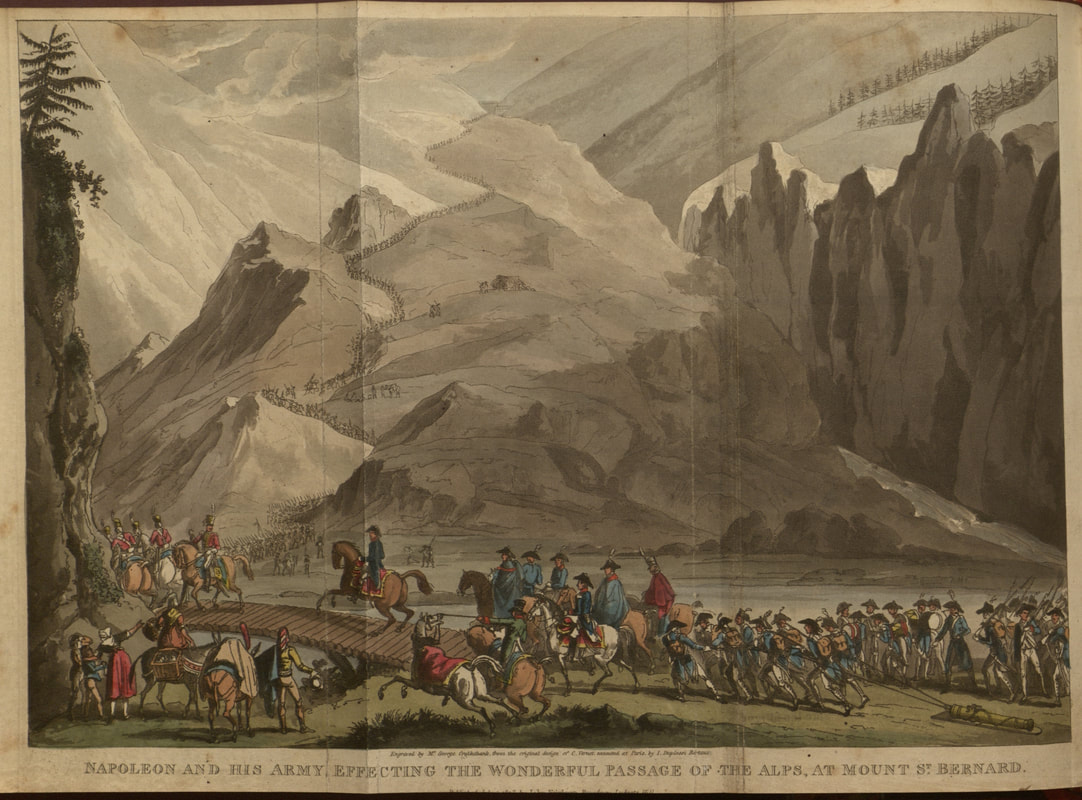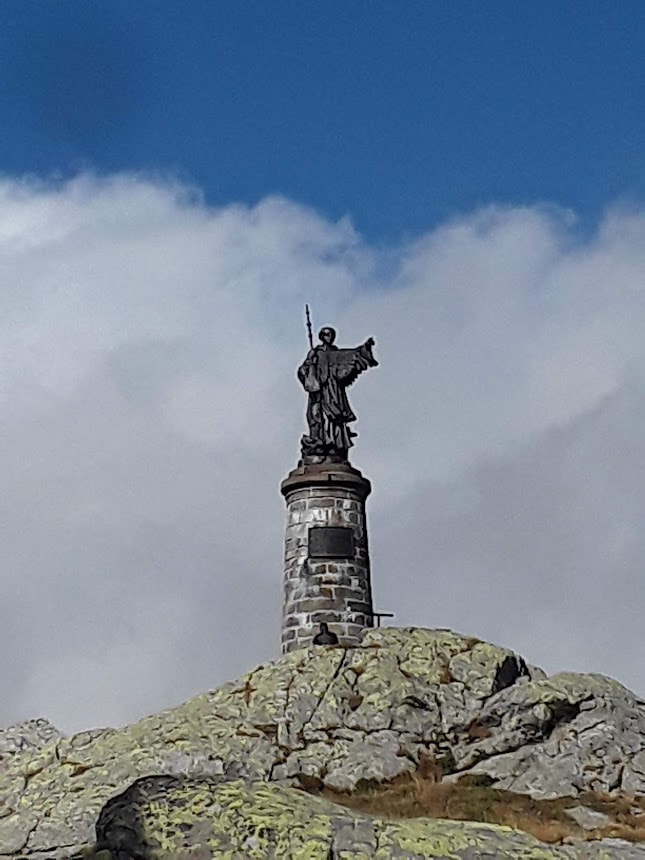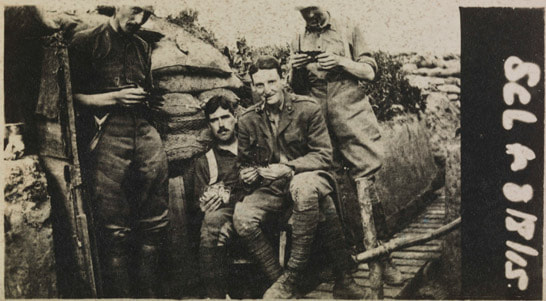
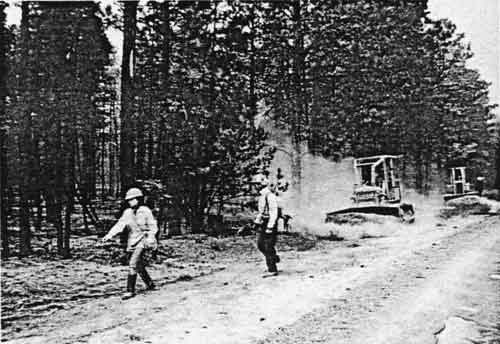 Archaeologists walk in front of bulldozers in an attempt to preserve and protect indigenous and early sites during the La Mesa fire.
Archaeologists walk in front of bulldozers in an attempt to preserve and protect indigenous and early sites during the La Mesa fire.  The Dome Fire, seen from Los Alamos
The Dome Fire, seen from Los Alamos 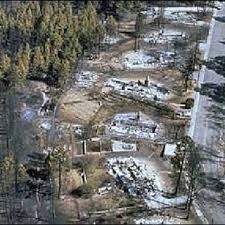



Her next novel, Summer of the Bombers, will be released in April 2023. Set in the fictitious town of Alamitos, it tells the story of a young woman whose life becomes chaotic after a controlled burn goes rogue and destroys her house. It is based loosely on the Cerro Grande fire of 2000.
You can read more about her and her books here.




